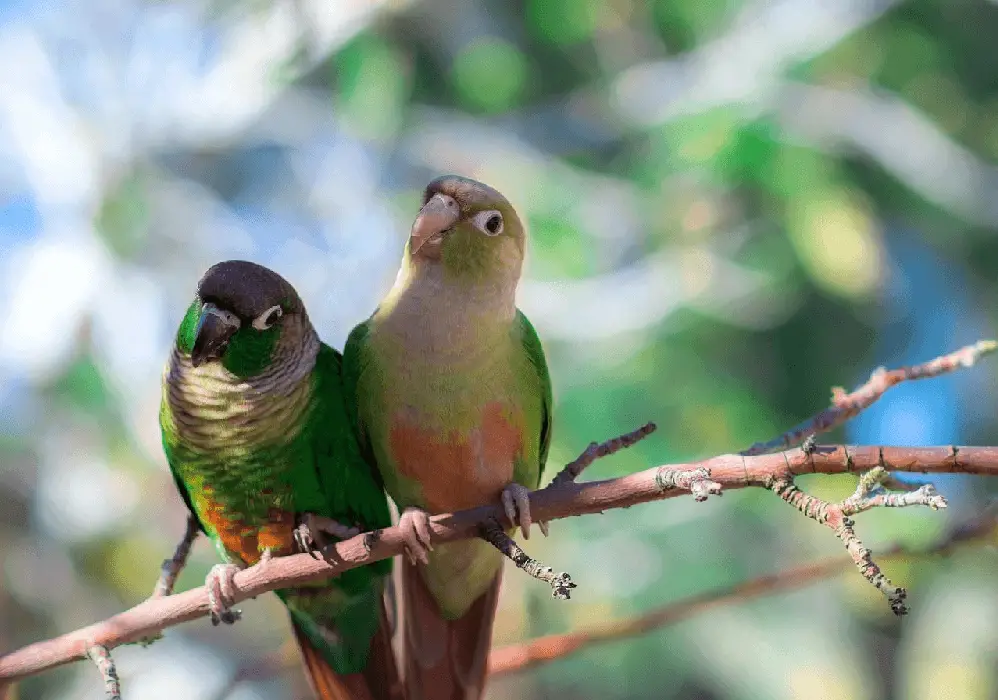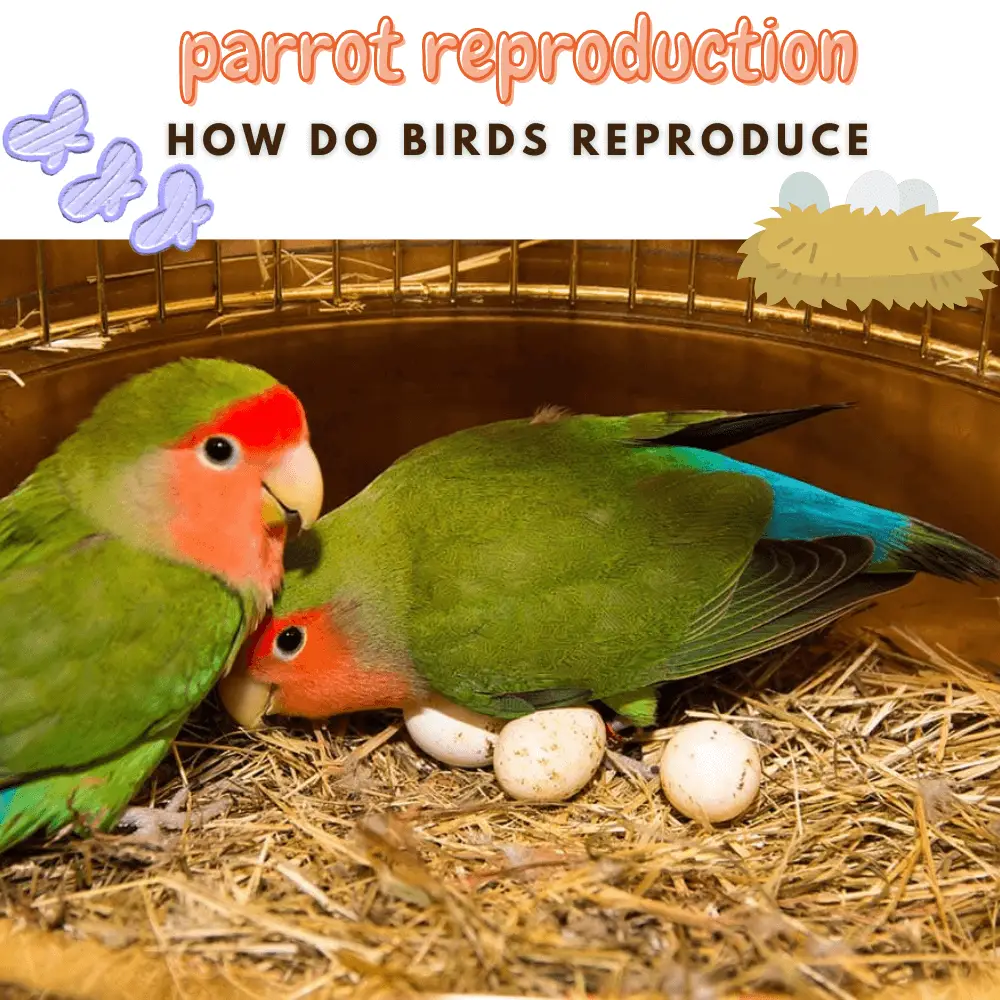Reproduction in female parrot
Let us first look at the avian reproductive system in the female. In general, the right ovary and oviduct are atrophied, which means that only the left ones work.
During the breeding season, the ovarian follicles are seeing their volume increase. The yolk of the egg is formed as proteins and lipids constitute said follicles.
During the passage through the oviduct, a protein and water reserve for the embryo is created: the endosperm. It is followed by the shell.
We can observe, in some females, the appearance of scaly areas in the abdomen. They are called incubator plates. They allow the mother to better transmit the heat of her body to the eggs while she is incubating them. These feathers grow back naturally afterward.
Reproduction in the male parrot
Regarding the male reproductive system, it includes a pair of internal testicles, located at the height of the kidneys. During the reproduction period, their volume increases considerably: from 200 to 460 times.
Depending on the species, the male bird mates using either the cloaca or the penis if it has one.
Parrot Sexing

It is not always easy to differentiate males from females, both in nestlings and in adult birds.
If, for certain species, it is possible to rely on the elements of sexual dimorphism such as the size, the colors of the feathers, or even the characteristics of the beak (colors, marks…) to know the sex of the bird, sexing requires the use of DNA testing in others.
In the Java Padda, for example, the beak is pink and well conical in the female, while it is red in color and wider at the base in the male.
Parrot egg
The incubation period can last between 12 and 28 days depending on the species.
In the Canaries, it lasts 2 weeks. It is longer in the Budgerigar: 18 days. For larger birds, such as the Gray of Gabon and the Macaw, the brooding lasts 25 to 28 days.
In addition, if incubation is ensured by the female in most birds, the brooding is shared with the male in certain species.
This is particularly the case for the Gouldian Diamond, the Mandarin Diamond, and the elegant Cockatiel.
The number of eggs per laying
There are generally between 2 and 8 eggs per laying. The number tends to be lower in larger birds like the Macaws and the Gray of Gabon, with a maximum of 4.
Differences are also observed with regard to the duration of laying and the frequency of egg release. For passerines, it is on average one egg per day, while in Psittacidae, it is one egg every 2 days.
How old are weaned birds
As a general rule, the larger the bird, the later the weaning occurs.
It takes place between 14 and 22 days in small exotic birds and passerines. For the elegant Cockatiel, it occurs after a month. The chick waits much longer if it is a Macaw: up to 80 days.
Read also: “Reproduction of conure“
When and how should we intervene?
Most pairs of birds take care of the brooding alone, then feed the young. The only human intervention consists in ensuring that they have quality food and adapted to their provision, and this is throughout the year.
During the breeding period, it is possible to give them vitamin supplements (on veterinary advice) or egg mash. After hatching, parents may need the breeding stock to feed their offspring.
In addition, couples need calm to reproduce. As for eggs, you must not touch them.
Reproduction of parrot
SOURCE: eHowPets

